Core Game Framework
A Stickman Tower Defense game typically uses JavaScript for web-based implementation, focusing on enemy pathfinding, tower placement, and attack logic.
Essential Code Structures
- Game Initialization
-
Set up the canvas and basic variables for the game loop.
const canvas = *("canvas");
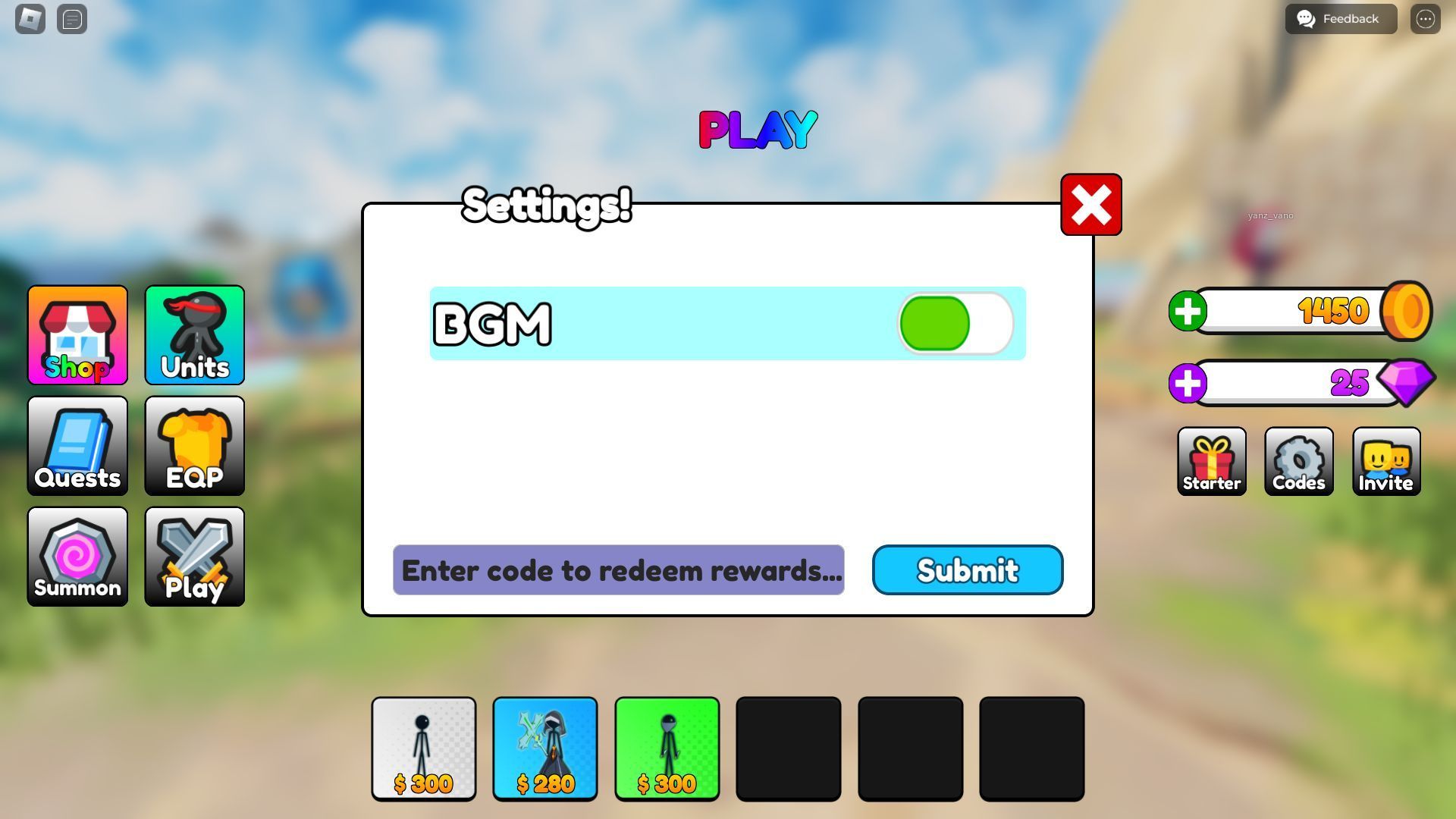
const ctx = *("2d");
let towers = [];
let enemies = [];
let gameRunning = true;
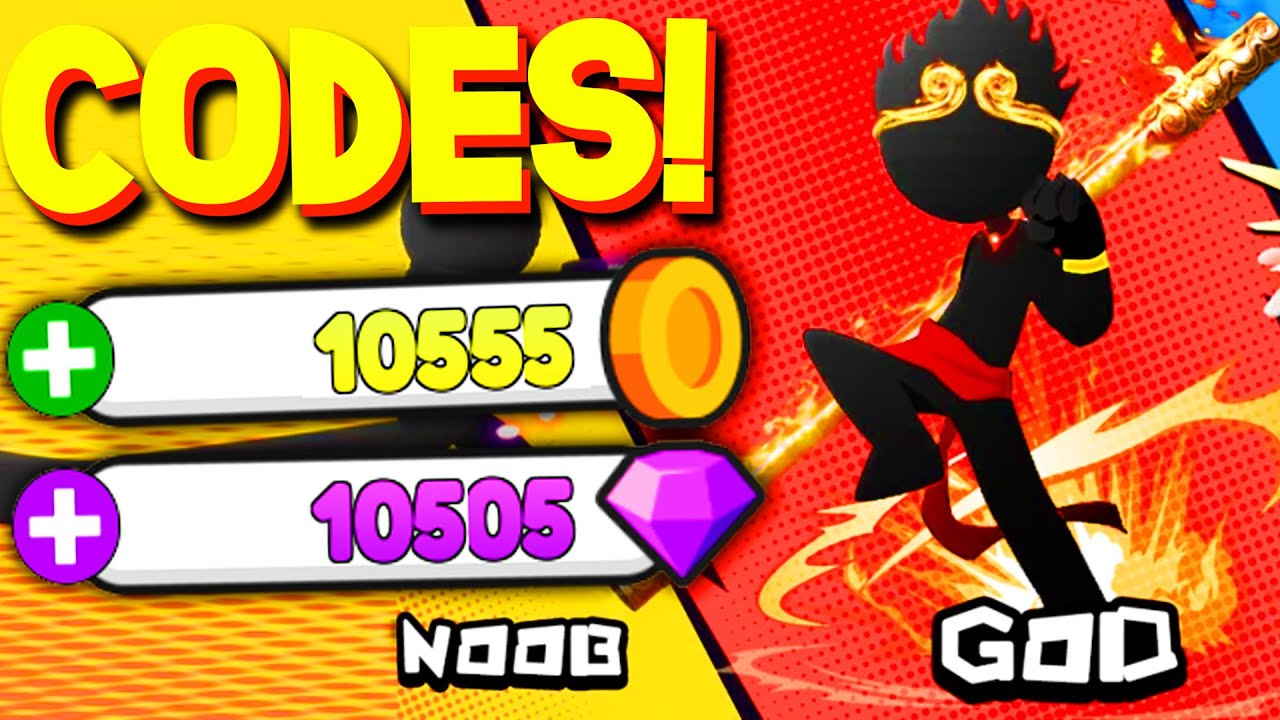
Enemy Movement Logic
Implement stickman enemies moving along a predefined path using path arrays.
function moveEnemy(enemy) {
if (* < * - 1) {
let targetPoint = *[*];
let dx = targetPoint.x - enemy.x;

let dy = targetPoint.y - enemy.y;
let distance = *(dxdx + dydy);
if (distance < *) {
} else {
enemy.x += (dx / distance) *;

enemy.y += (dy / distance) *;
} else {
gameRunning = false; // Enemy reached end
Tower Placement and Attack
Manage tower types and firing mechanisms with range checks.
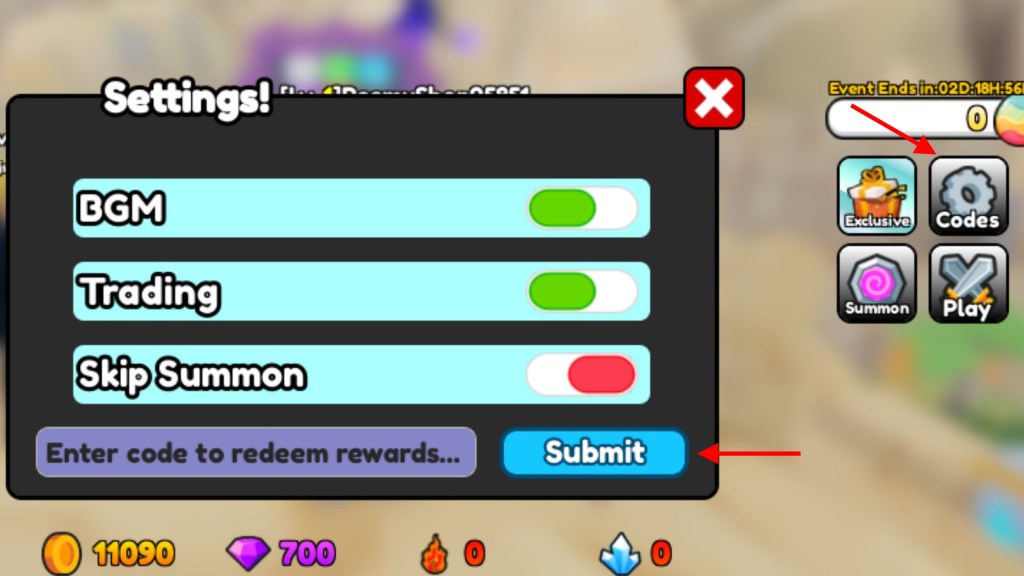
function Tower(x, y, type) {
this.x = x;
this.y = y;
* = type;
* = 150;

* = 1000; // milliseconds
* = 0;
function checkTowerAttack(tower, currentTime) {
for (let enemy of enemies) {
let distance = *(*(tower.x - enemy.x, 2) + *(tower.y - enemy.y, 2));
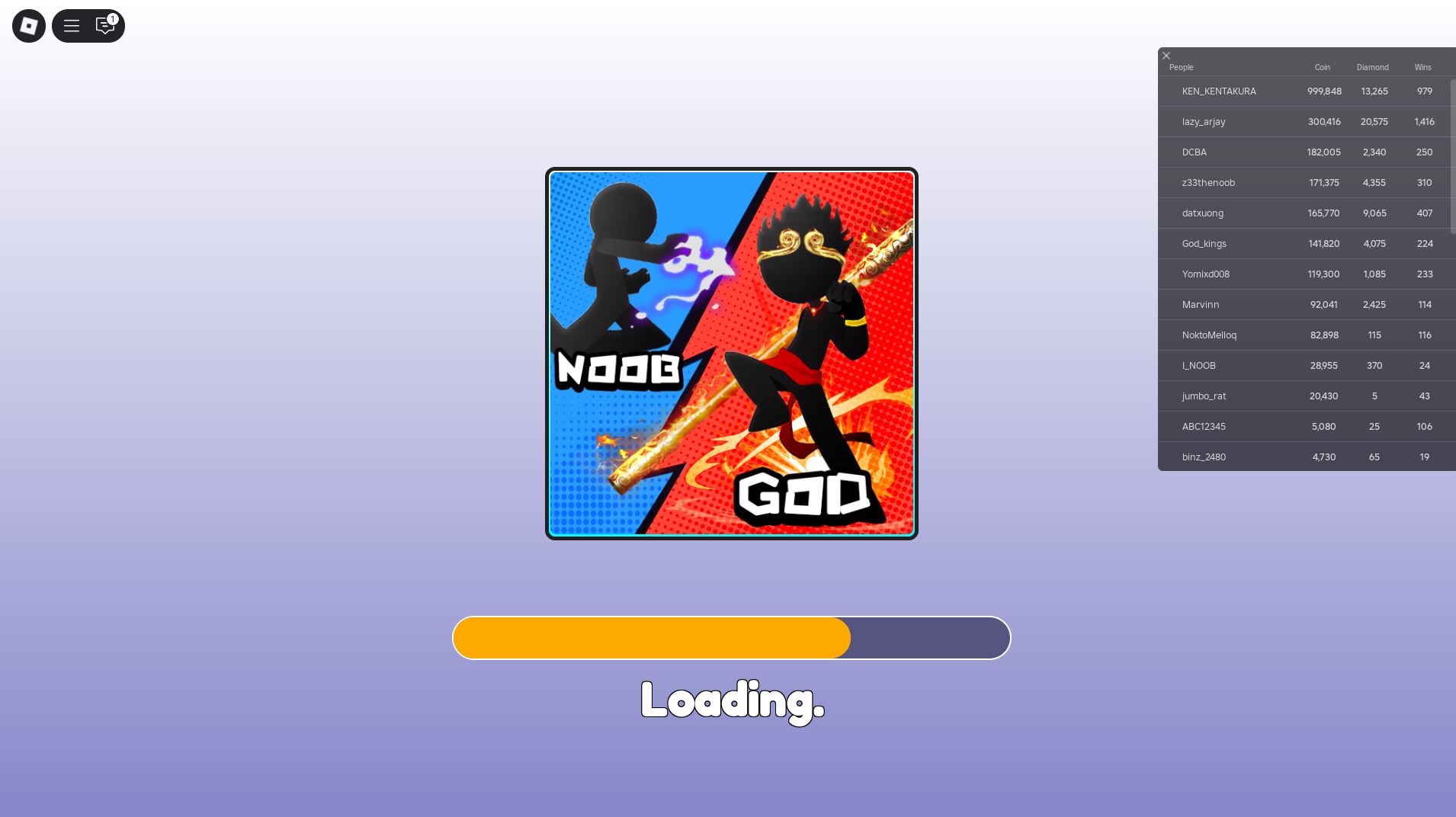
if (distance *) {
* = currentTime;
// Attack logic: reduce enemy health
* -= 10;
if (* <= 0) {

*(*(enemy), 1);
break;
Game Loop Implementation
Run the core cycle to update enemies, towers, and render frames.
function gameLoop(timestamp) {
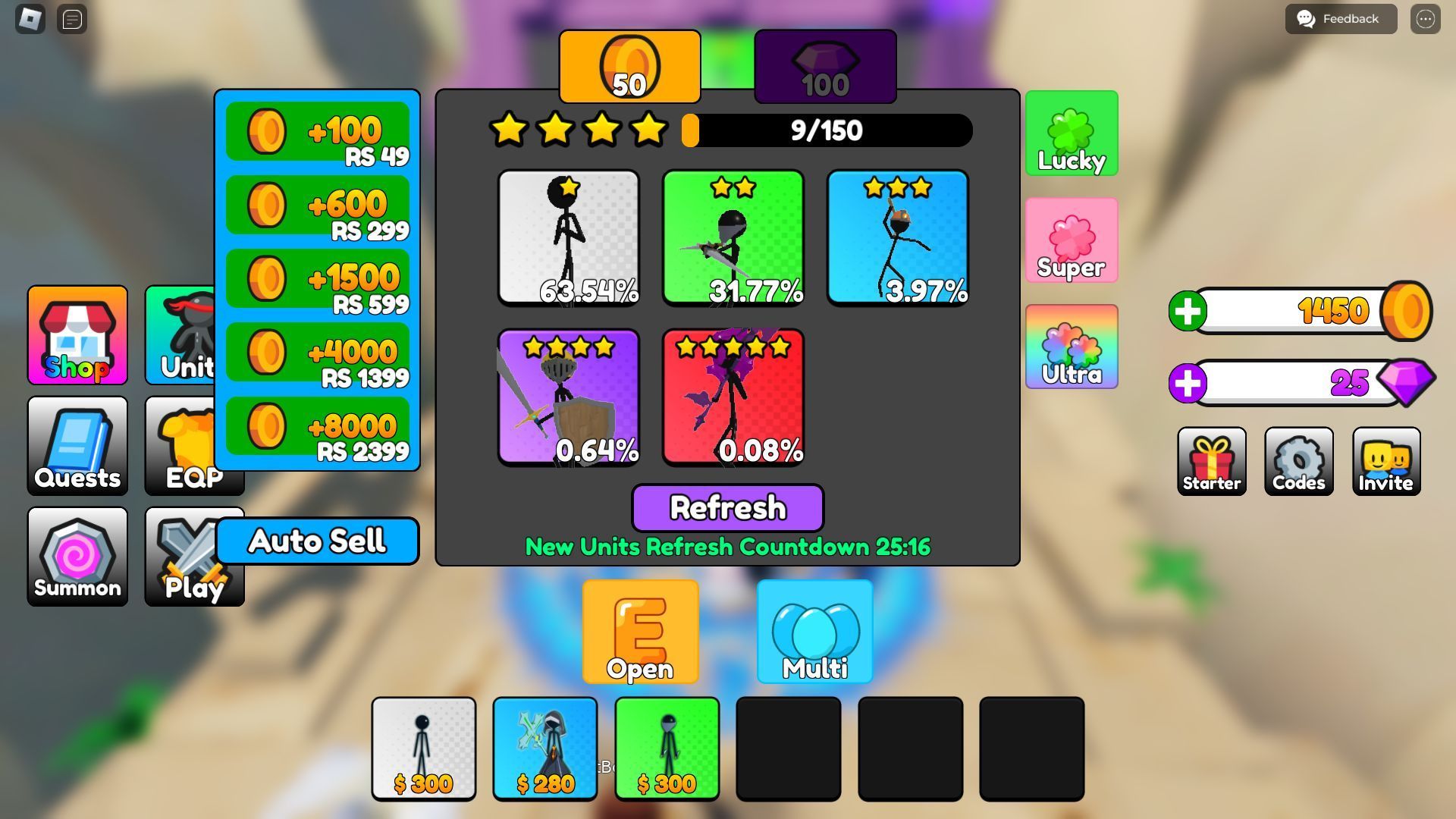
*(0, 0, *, *);
for (let enemy of enemies) {
moveEnemy(enemy);
// Render stickman enemy using draw methods
* = "red";
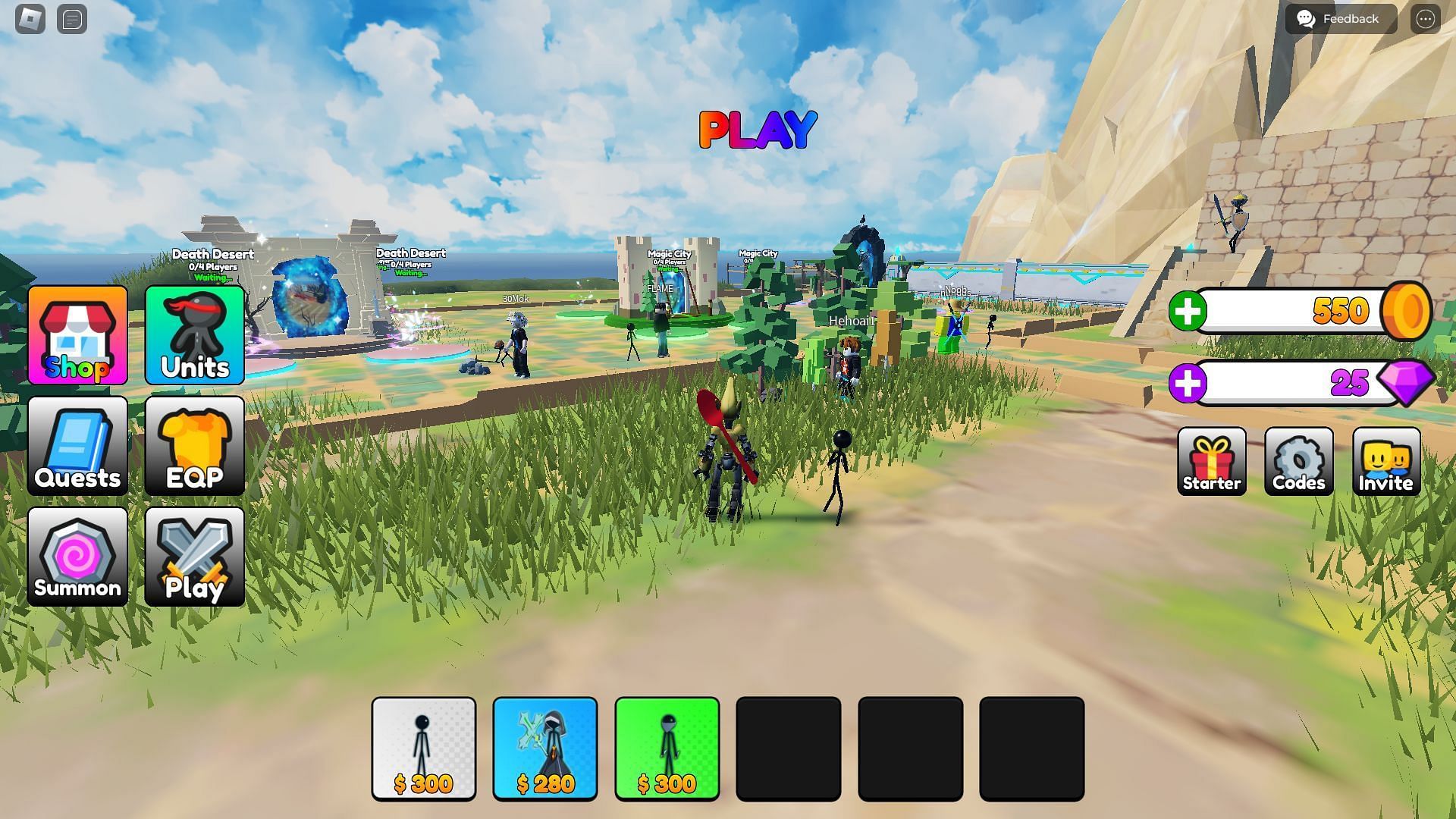
*(enemy.x, enemy.y, 20, 20);
for (let tower of towers) {
checkTowerAttack(tower, timestamp);
// Render tower based on type
* = "blue";
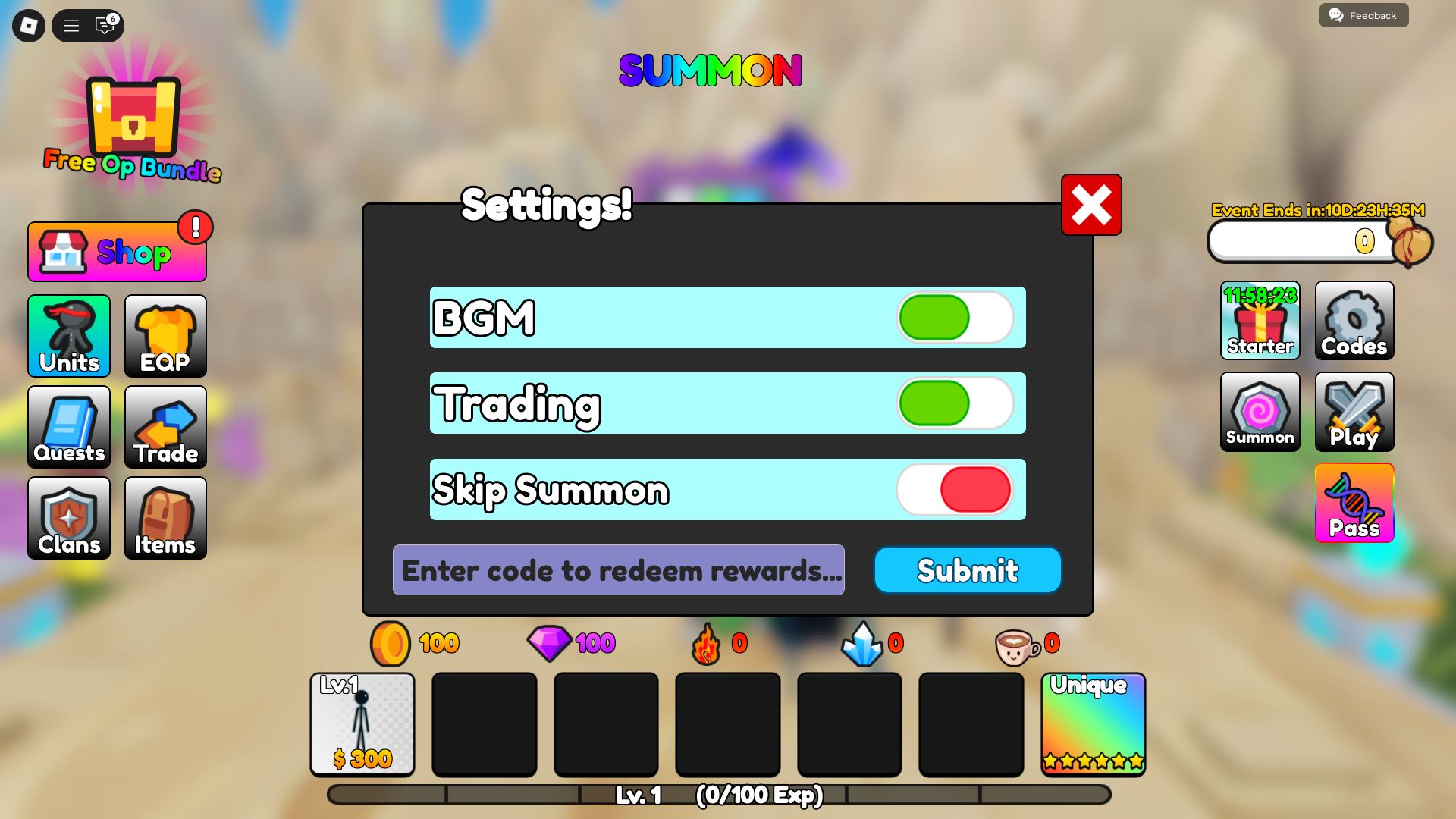
*(tower.x, tower.y, 30, 30);
if (gameRunning) {
requestAnimationFrame(gameLoop);
requestAnimationFrame(gameLoop);
Best Practices
- Use Object-Oriented Design: Structure enemies and towers as classes for modularity.
- Optimize Performance: Employ collision detection algorithms like AABB for efficient attacks.











